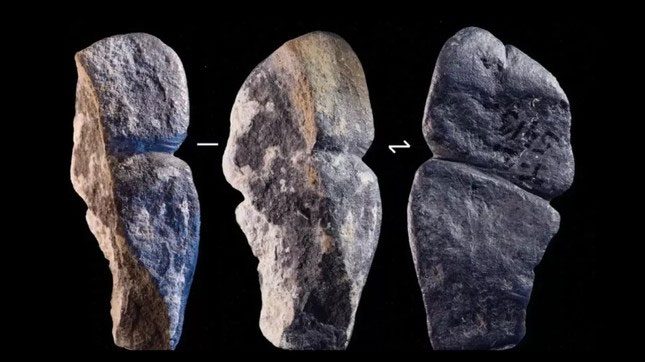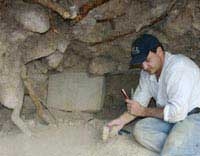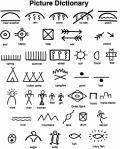Archaeologists in northern Mongolia have discovered a 4.3 cm long artifact at a site called Tolbor-21, located in the Khangai Mountains. This piece has been part of a collection at the Mongolian Academy of Sciences since 2016, according to a study published on June 12 in the journal Scientific Reports.

The pendant in the shape of a phallus carved from a piece of graphite. This may be the oldest known phallic artifact in the world.
After conducting radiocarbon dating and microscopic analysis, researchers determined that the Paleolithic artifact was created approximately 42,000 years ago, and an ancient craftsman used graphite sourced from about 100 km away to create this anatomically precise piece.
Solange Rigaud, the lead author of the study and an archaeologist at the University of Bordeaux and the French National Centre for Scientific Research (CNRS), stated: “Graphite is a rare material and was not commonly used in this region at that time. It came from a very distant place and was likely traded by a group of nomadic people.”
The researchers believe that the maker used stone tools to intricately carve the pendant, including creating a groove that describes the urethra, the urinary canal. According to the study, there is an additional groove that crosses the middle of the pendant, likely used to attach the item to the wearer, possibly as a necklace.
The research team noted that this pendant is the oldest known piece of phallic art in the world, alongside other carvings of female genitalia, such as the female genital art dating back 37,000 years found at Abri Castanet in France.
Although this could be the oldest known artifact in the shape of a phallus in the world, Rigaud mentioned that it is not the oldest decorative item. The study found that archaeologists across Eurasia have unearthed personal ornaments made from animal teeth and perforated shells at sites dating from 130,000 to 150,000 years old, which were once inhabited by Neanderthals.
In addition to the phallic pendant, archaeologists also uncovered a pendant and beads made from ostrich eggshells, a stone pendant, and animal bone fragments at the archaeological site.





















































